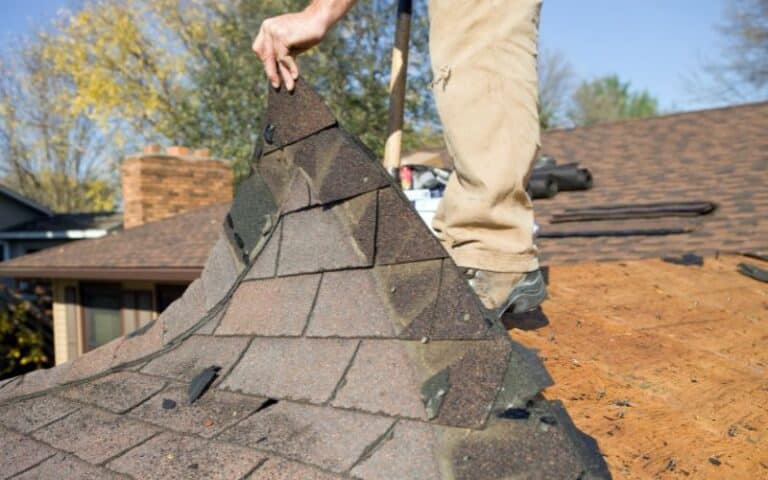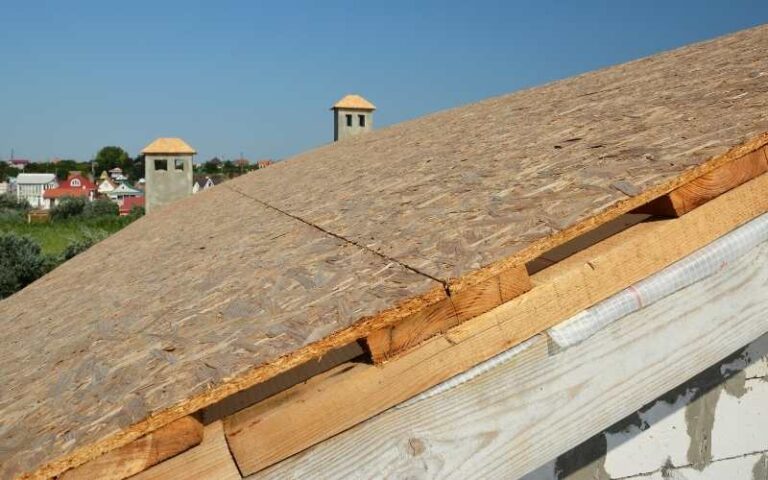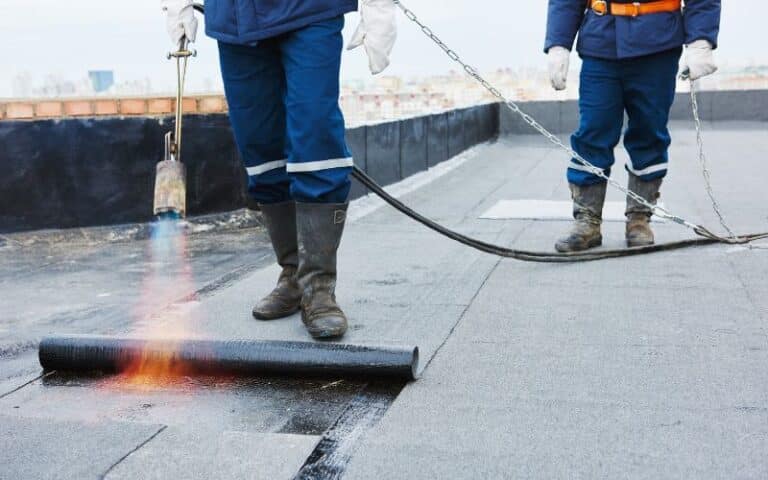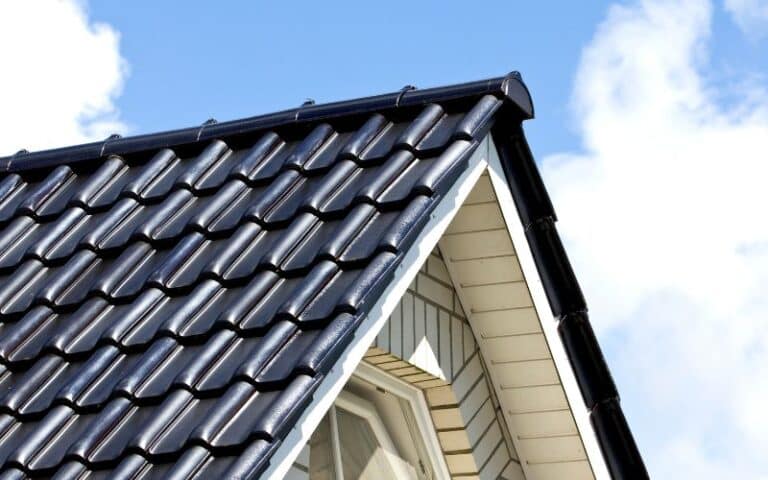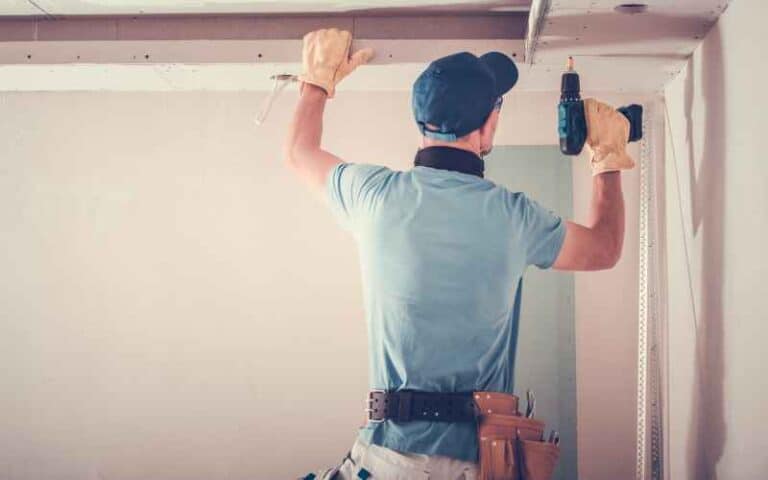You’ll agree that roofing felt paper provides protective coverings for our shed shingles. They likewise function as ice water shields and moisture barriers.
The only problem homeowners and roof technicians have with felt paper is its wear and damage in no time. This issue makes them question the usage of 2 layered felt paper on shed roofs.
Well, low tilted roofs having roof pitches ranging around 3:12 or less use two-layered felt. By clear indication, if your shed roof is low tilted and has a 3:12 or less roof pitch, you can put two stepped roofing felt on it. Apart from lowly sloped roofings, you can put two-layered felt in situations of 15 Ib felt.
Ready for a Roofing Quiz?
Can You Use 2 Layers Of Roofing Felt?

Using two layers of roofing felt underlayment isn’t bad. You can use them, especially in scenarios where the felt type you intend to use is not so thick-15 lb. Additionally, 2-layered felt is also ideal for flat roofs.
The National Roofing Contractors Association [NRCA] even suggests a double layering of roof felt underlayment. So you see, it’s no death sentence.
According to them, it is better to use double roofing felt layers of about fifteen pounds for 3/12 to 4/12 roof pitches– low tilted roofs.
Two-layered asphalt-saturated felt is ideal for flat roofs because flat roofs have relatively low roof pitches. In addition, sections R905.2, and R905.1.1[2] of the Building Code recommend two-layer roofing felt.
The application of doubled layer felt is majorly in the aspect of flat roofs and 15 lb type roofs. But apart from these two, two-layered flat roofs are generally put to use by homeowners.
They use them as a form of double protection against weather conditions.
Sometimes, after you install your roof felt-double layered, you even face more issues. These issues may probably be a result of improper installation.
So don’t just be in a rush to install two-layered felt because you want double protection.
Understand your situation and take the necessary precaution. You may even need a substantial and more expensive felt a few times.
You ought to take note of a few things while wanting to install two-layered felt. First, extra weights on roofs could be somewhat harmful, especially if you stay in regions exposed to windstorms or excessive unfavorable climates.
Concerning roof felt repairs, there’s always this debate about them. Some individuals suggest that roof technicians apply the new layers directly to the old or damaged ones.
Others insist on the elimination of the old roof felt before the application of the new felt rows.
In my opinion, it’s best if you don’t place the new felt on the already existing one. I mean, you can, though you shouldn’t.
If you must lay another row of felt, remove the already existing one and start again. Yes, remove the existing ones, then lay the new first felt, after which the second will follow. That’s a lot more effective.
The probability of finding holes and rips in the worn-out felt is high. Moreover, re-felting on already existing nails is something you’ll probably not want.
To apply your new felt for a smooth and flat surface, eliminate the worn-out felt and nail.
Note that you can use the nail again.
You can use two-layered roofing felt on thin felts and flat roofs as they’re low-sloped. But as a precaution, don’t use them on steep or high tilted slopes.
Can You Put Felt On Top Of Felt On A Shed?
Many homeowners are so fond of this question; but to be clear, you can, though I don’t recommend it. The perfect option for your roof leakage or repair is getting rid of the old roofing material.
Then, replacing them with new ones.
Roof felt sheds are standard in many parts of the country. They are a popular choice for those who want to have a storage space safe from elements.
When repairing an existing shelter with new felt paper, it’s possible to cover the existing layer with new material. But do not.
It’s always good you eliminate the felt to the roof deck level. The thorough elimination will enable you efficiently inspect the roof decking for possible damages.
I understand that removing the worn-out felt can be hard sometimes, and different roof decking differs. For example, those with plywood shed roofs will find the elimination easier than those with plank boards.
Plank boards are pretty tricky to get rid of old felt. They suck. Notwithstanding your case or situation, always try to do the elimination.
By and by, even though you still wish to install a new felt row on the worn-out one, be sure to take some precautions. Remove or pound down all the existing nails to avoid tears before laying the new row.
Get an efficient claw hammer here to aid you.
Additionally, make sure the surface is dirt free. The added layer will consequently result in an added thickness. Thus be sure to use the correct type of nails, nails that will go into both layers and hold them properly.
Sometimes even, it could just be an insignificantly small part of your shed roofing felt which is damaged. In such events, taking off the whole shed roof felt to install another roof felt isn’t necessary.
It’s not mandatory though if you’re willing, it will be nice if the deckings have an inspection.
All you need is merely inspect and be sure that other roof felt parts are okay. Subsequently, clean the affected area and ensure it’s dirt-free.
Immediately, take out a small felt piece to protect and cover the affected area. Then, ease the process with a tape measure and craft knife.
To guide yourself when covering up the affected area, use a felt piece that is somewhat longer than the damage size. Use adhesives in place of nails.
How Many Layers Of Felt Should Be On A Roof?
There exist different roof pitches. These roof pitches have their suitable protection or felt layer(s).
The more your roof pitch, the less felt layer you’ll need on your roof and vice versa.
Roof pitches measure how sloped or tilted a roof is. Thus, highly sloped roofs have high roof pitches; lowly sloped roofs have low roof pitches.
Low tilted roofs have a roof pitch of about 2:12, which is low. On the other hand, high sloped roofs possess roof pitches of more than 4:12.
Therefore, examples of low tilted roofs are flat roofs, while steep roofs are examples of high tilted roofs.
According to International Residential Building Code (IRC), use two felt layers for roofs with pitches of about 2:12 to 4:12. For roofs with pitches more than 4:12, one felt layer is okay.
By implication, low sloped roofs like flat roofs, ideally with roof pitches of about 2:12, require two felt layers.
Similarly, high sloped roofs like steep roofs, which ideally possess roof pitches of more than 4:12, are okay with one felt layer.
Know that other local codes could likewise have their requirements. Three felt layers on flat are also not a bad idea. Your shed roof could even have two layers.
Summary
Putting two layers of roofing felt underlayment on your shed roof is not bad. It’s ideal, especially when the roofing is low-sloped and is a 15 lb type.
Whether based on repair or initial installation, always make sure that your roof decking is dirt free before installing. Instead of installing a new shed on an old one, clear up everything and start afresh.

